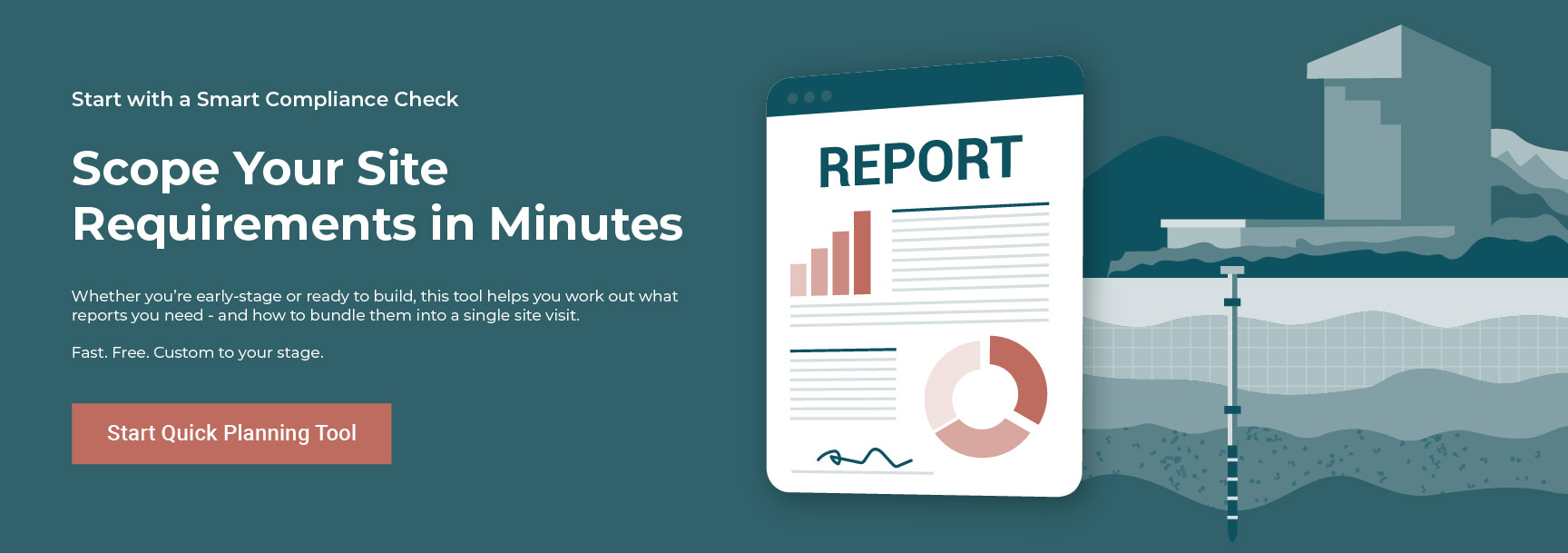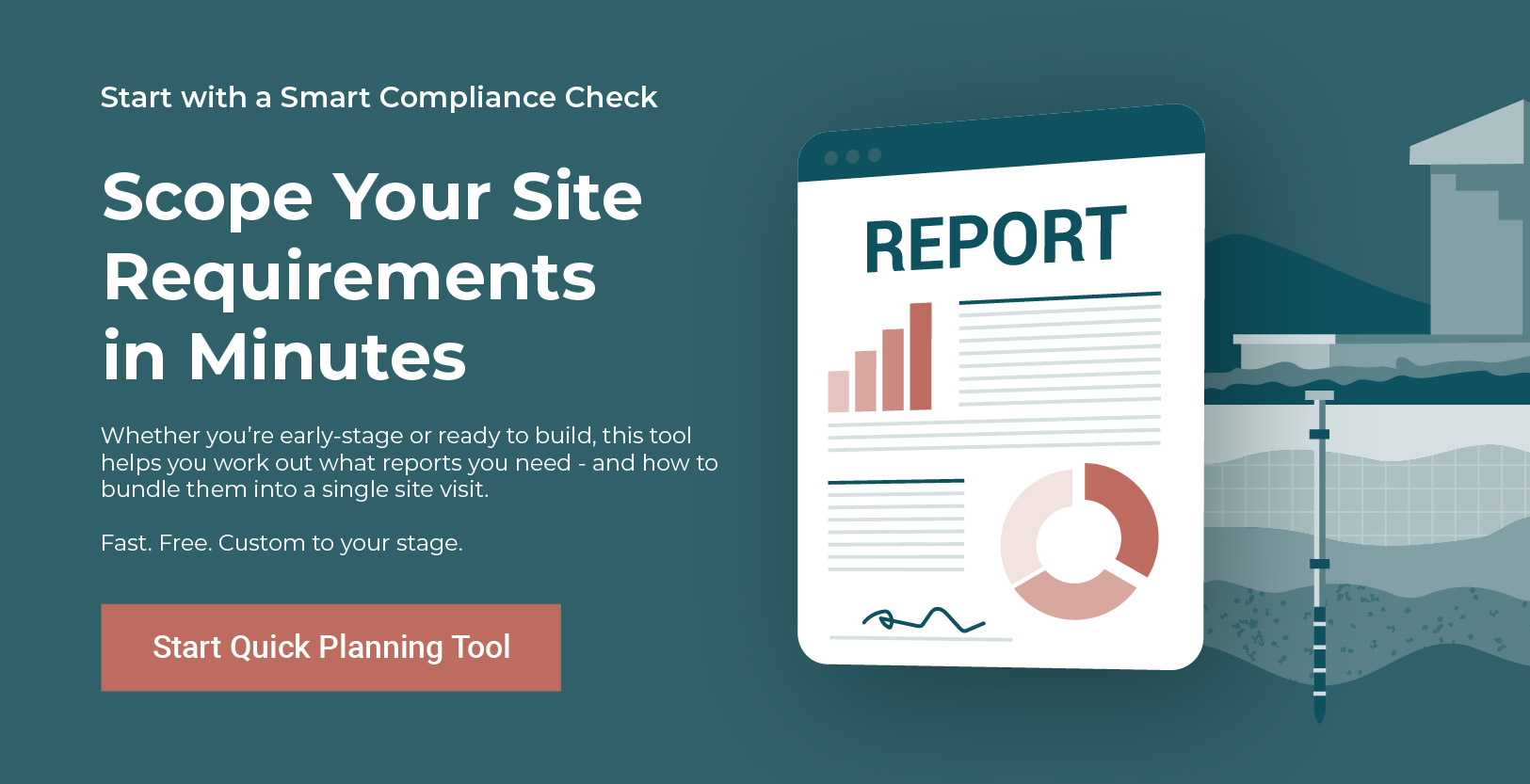Industrial projects, infrastructure developments, and construction activities in Australia often face strict environmental requirements. One of the key tools for demonstrating compliance and responsible project delivery is the Environmental Management Plan (EMP).
But what exactly is an EMP, and when is it required?
Defining an Environmental Management Plan
An Environmental Management Plan (EMP) is a structured document that sets out how environmental risks will be managed during a project. It details the measures, monitoring, and responsibilities needed to ensure operations comply with legislation, approvals, and best practice. In practice, an EMP serves as both a compliance tool for regulators and a project management resource for teams on the ground.
Why EMPs Matter for Industrial and Construction Projects
For regulators, an EMP provides assurance that environmental impacts are being addressed. For project managers, it offers a framework for accountability and performance. A good EMP demonstrates compliance with EPA and planning approvals, outlines how risks such as dust, noise, waste, and water quality will be controlled, and ensures everyone on site — from contractors to operators — understands their responsibilities.
Perhaps most importantly, a well-prepared EMP helps build confidence among stakeholders by showing that environmental risks are being managed proactively rather than reactively.
What Does an EMP Typically Include?
The exact contents of an EMP vary depending on the project and regulator requirements, but most include a number of common sections. Typically, the document starts with a project overview, describing the site, its activities, and scope. It then sets out the organisation’s environmental policy and objectives, confirming a commitment to compliance and sustainability.
From there, the EMP includes a risk assessment, identifying potential impacts across air, water, soil, biodiversity, and waste. Each identified risk is paired with mitigation measures — practical controls such as erosion barriers, dust suppression, or noise management strategies.
Other critical elements include clear roles and responsibilities, monitoring and reporting requirements, and procedures for emergency response in the event of spills, accidents, or unforeseen incidents. The most effective EMPs are site-specific, measurable, and practical — not generic templates.
When Do You Need an Environmental Management Plan?
An EMP is often a mandatory requirement in Australia. For example, it may be requested as a condition of an EPA licence, required under planning approvals from councils or state agencies, or mandated for large-scale infrastructure projects.
Construction projects also rely on EMPs during both planning and operational phases to manage on-site risks. Even when not strictly required, many organisations choose to prepare EMPs voluntarily, recognising the value they provide in setting clear environmental standards and avoiding compliance issues later.
Start with a Smart Compliance Check
Scope Your Site Requirements in Minutes
Whether you're early-stage or ready to build, this tool helps you work out what reports you need and how to bundle them into a single site visit.
Fast. Free. Custom to your stage.
Common Challenges with EMPs
Poorly prepared EMPs can undermine compliance and credibility. Generic, copy-and-paste documents often fail to address site-specific risks, while vague or poorly defined responsibilities can create confusion on the ground. Other common weaknesses include limited monitoring frameworks or a failure to update the EMP as site conditions change.
For an EMP to be effective, it must be practical, tailored to the site, and aligned with regulator expectations. A document that looks good on paper but cannot be applied in practice offers little real value.
Key Insights
An Environmental Management Plan sets out how environmental risks will be managed and compliance achieved. In many cases, EMPs are mandatory — particularly for projects subject to EPA licences, planning approvals, or major infrastructure requirements.
A strong EMP includes clear risk assessments, mitigation measures, responsibilities, and monitoring systems, and often sits alongside broader environmental due diligence obligations for projects.
Ultimately, well-prepared EMPs provide confidence to regulators, project managers, and stakeholders alike.
Expert Support for EMP Development
At Nova Group Pacific, we prepare Environmental Management Plans that are practical, site-specific, and aligned with regulatory requirements. Our consultants ensure EMPs not only meet EPA and planning conditions but also support efficient project delivery.
Contact us today to discuss your project and ensure your EMP is prepared to the highest standard.

 Get Your Free Site Assessment
Get Your Free Site Assessment









 Get Your Free Site Assessment
Get Your Free Site Assessment









.png)








